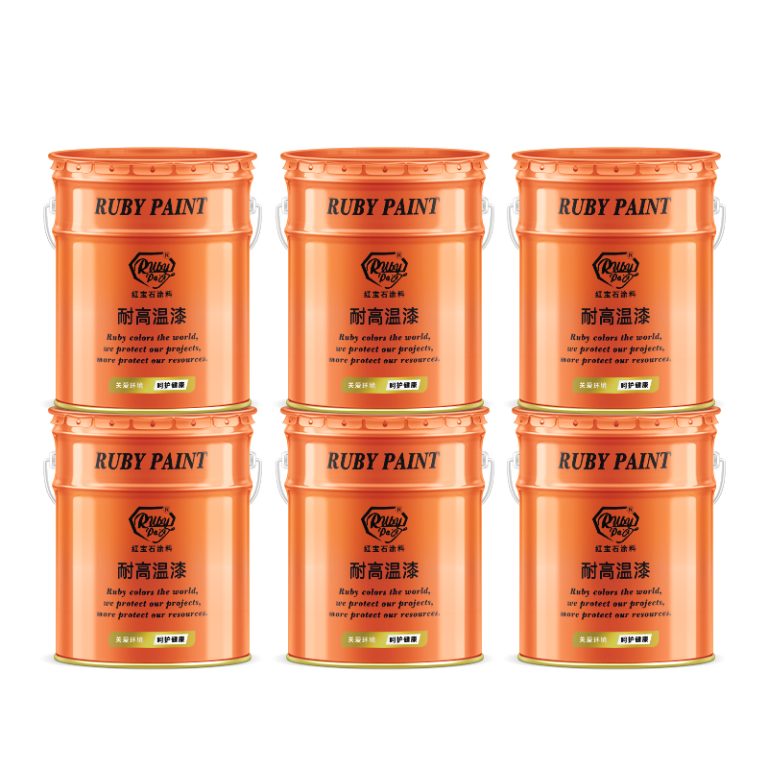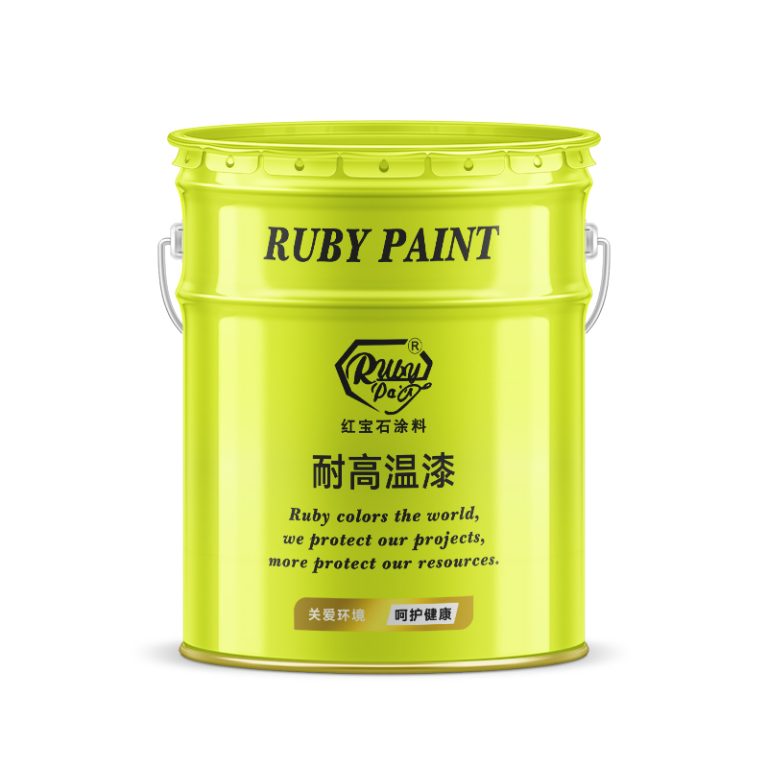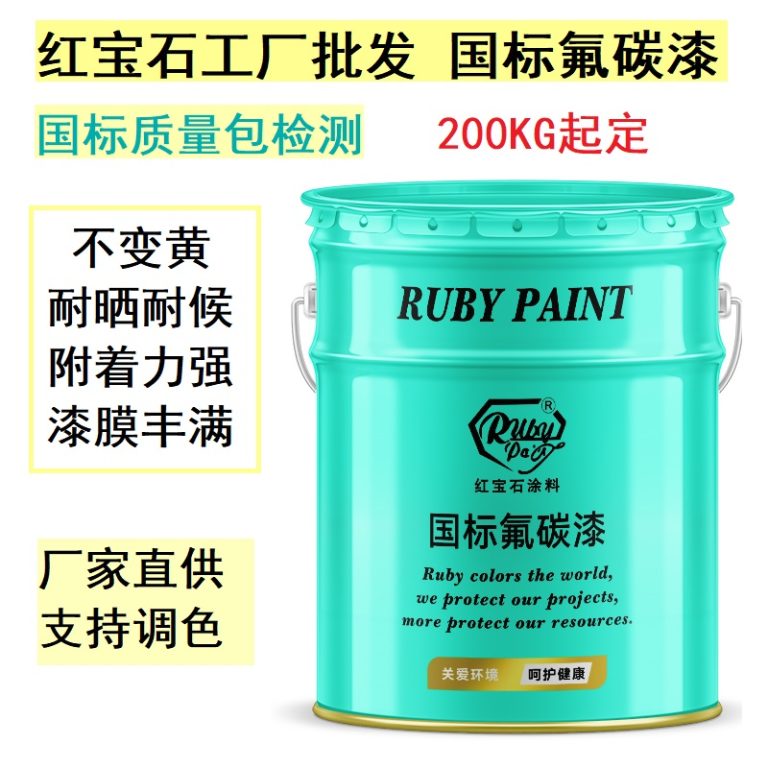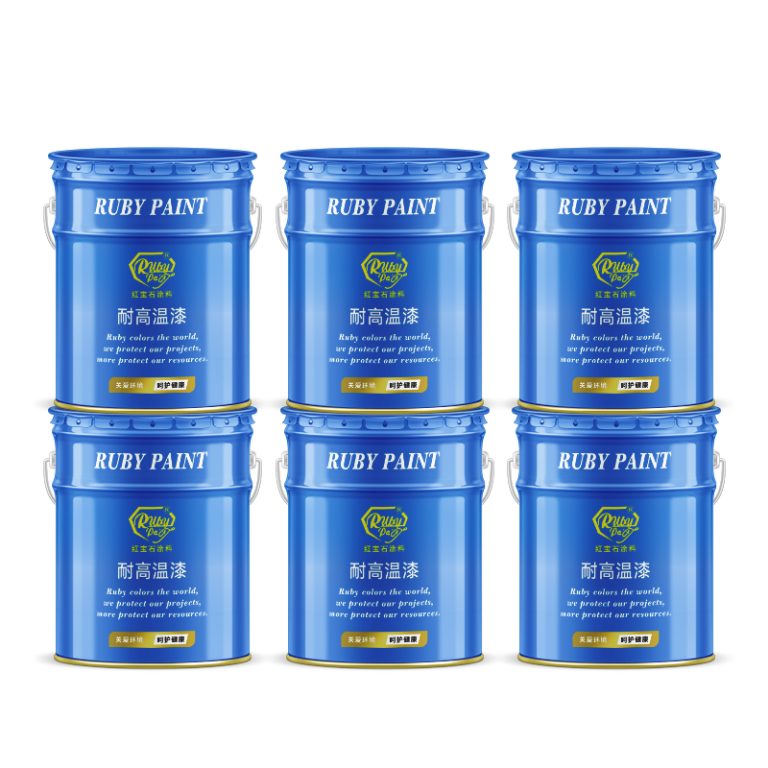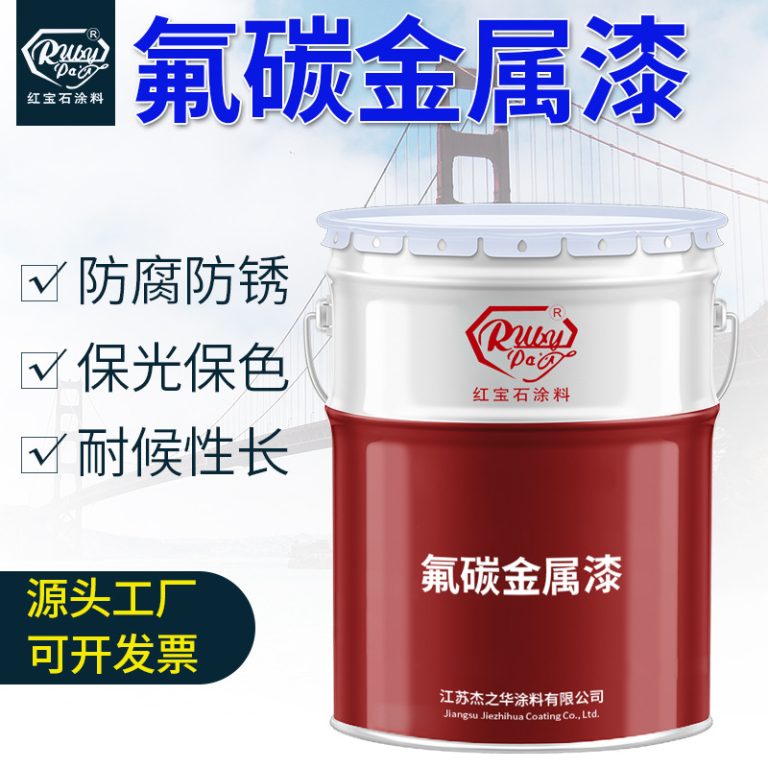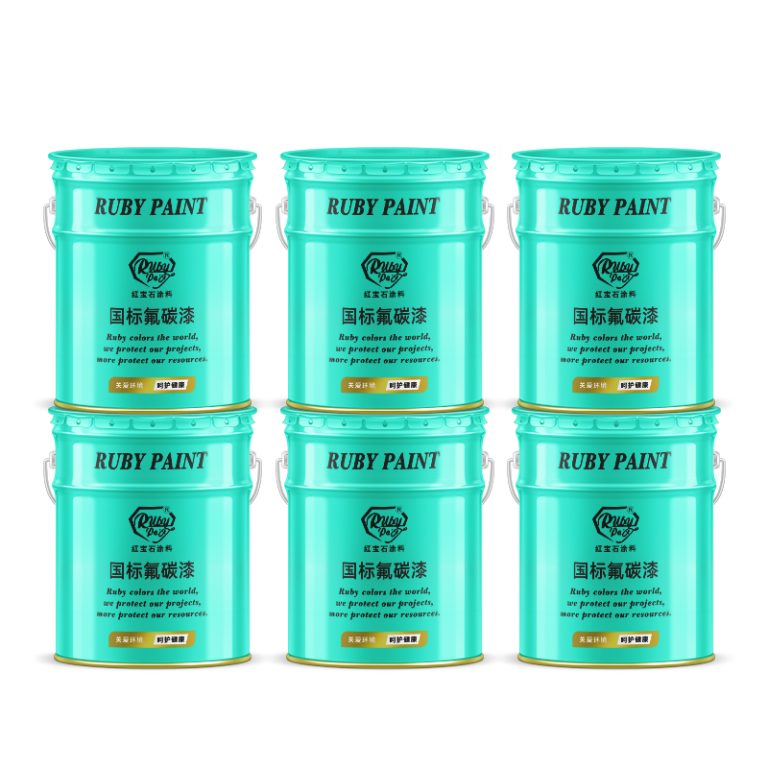Table of Contents
Exploring the Dual Role of Intumescent Paint: Integrity and Insulation
Intumescent paint, also known as intumescent coating, is a passive fire protection solution that has gained significant attention for its ability to provide both integrity and insulation in the event of a fire. This specialized paint is designed to expand when exposed to high temperatures, forming a charred layer that serves as a protective barrier. The dual role of intumescent paint in ensuring structural integrity and offering thermal insulation makes it a valuable asset in fire safety management.
The primary function of intumescent paint is to preserve the structural integrity of the building elements it coats. In the event of a fire, the heat triggers a chemical reaction within the paint, causing it to expand and form a thick, insulating layer. This layer, often expanding to many times the original thickness of the paint, acts as a shield that protects the underlying material—typically steel or wood—from the intense heat of the flames. By maintaining the structural stability of these materials, intumescent paint helps prevent the premature collapse of the building, thereby providing crucial extra time for occupants to evacuate safely and for emergency services to respond.
Moreover, the insulating properties of the expanded intumescent layer play a critical role in limiting the temperature rise on the unexposed side of the coated element. This is particularly important in preventing the spread of fire to adjacent areas or floors within a building. The thermal barrier created by the intumescent paint slows down the heat transfer, reducing the risk of ignition of other flammable materials nearby. Consequently, this can help in containing the fire to a specific area, minimizing damage and potentially saving lives.
The effectiveness of intumescent paint in providing both integrity and insulation largely depends on several factors, including the type of substrate, the thickness of the coating, and the specific formulation of the paint. Manufacturers typically offer different grades of intumescent paint tailored to meet varying fire resistance ratings and environmental conditions. It is crucial for architects, builders, and building owners to select the appropriate type of intumescent paint that meets the fire safety requirements of their specific project.
In addition to its protective functions, intumescent paint is also favored for its aesthetic versatility. Unlike other fireproofing methods that may be bulky or visually intrusive, intumescent paint can be applied as a thin layer that is barely noticeable. It can also be top-coated with decorative paints, allowing it to blend seamlessly with the interior design of the building. This makes intumescent paint an attractive option for spaces where appearance is a consideration, such as in commercial, residential, and public buildings.
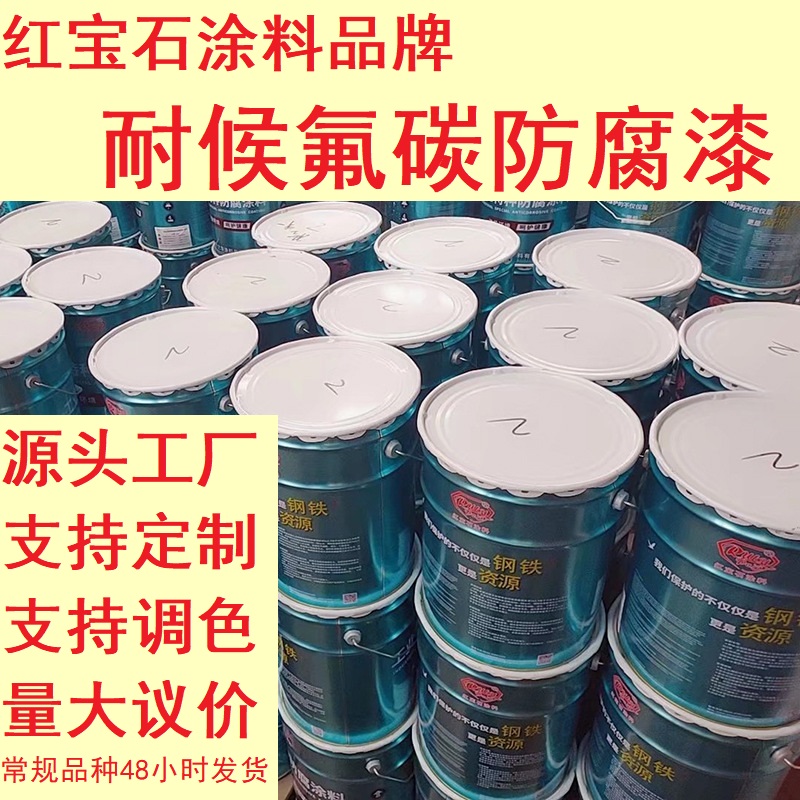
In conclusion, intumescent paint serves a dual role in fire protection by providing both integrity and insulation. Its ability to maintain structural stability and limit heat transfer during a fire makes it an essential component of modern fire safety strategies. By choosing the right type of intumescent paint and applying it correctly, building owners can significantly enhance the fire resistance of their structures, ultimately contributing to the safety and well-being of occupants. As fire safety regulations continue to evolve, the use of intumescent paint is likely to become even more prevalent in the construction industry.
How Intumescent Paint Enhances Fire Safety Through Integrity and Insulation
Intumescent paint is a specialized coating designed to enhance fire safety in buildings by providing both integrity and insulation during a fire event. This innovative paint swells when exposed to high temperatures, forming a charred layer that serves as a protective barrier. This barrier helps to maintain the structural integrity of the building elements it covers and provides insulation to limit the spread of heat and flames.
The primary function of intumescent paint is to preserve the integrity of the structure it is applied to. In the event of a fire, the paint reacts to the heat by expanding and forming a thick, foam-like char layer. This layer acts as a shield, protecting the underlying material—often steel or wood—from the intense heat of the flames. By maintaining the structural integrity of these materials, intumescent paint helps prevent the collapse of the building, providing crucial extra time for occupants to evacuate safely and for emergency services to control the fire.
Moreover, the insulating properties of the char layer formed by intumescent paint play a vital role in slowing the spread of fire within a building. The expanded layer significantly reduces the rate at which heat is transferred to other parts of the structure. This delay in heat transfer can be critical in preventing the fire from spreading rapidly, thereby containing the damage to a more localized area. This containment not only enhances the safety of building occupants but also limits property damage and provides a safer environment for firefighters to carry out their duties.
| No. | Name |
| 1 | Industrial paint |
The effectiveness of intumescent paint in providing both integrity and insulation largely depends on its correct application and the specific formulation used. The paint must be applied in accordance with the manufacturer’s guidelines and building regulations to ensure optimal performance in a fire scenario. The thickness of the coating, the type of substrate it is applied to, and the specific fire rating desired are all critical factors that influence the performance of intumescent paint.
In addition to its protective functions, intumescent paint is also favored for its aesthetic versatility. Unlike other fireproofing methods, such as bulky cladding or wraps, intumescent paint can be applied as a thin, paint-like coating that is barely noticeable. This allows architects and designers to maintain the visual appeal of structural elements without compromising on safety. The paint can also be top-coated with decorative paints, allowing it to blend seamlessly into the interior design of the building.
In conclusion, intumescent paint significantly enhances fire safety by providing both integrity and insulation. By forming a protective char layer that maintains structural integrity and slows heat transfer, this paint helps to prevent building collapse, contain fire damage, and provide valuable time for evacuation and firefighting efforts. Its ease of application and aesthetic flexibility further contribute to its popularity as a fire safety solution. As such, intumescent paint is an essential component of modern fire safety strategies, offering effective protection that is both functional and visually appealing.
| No. | Name |
| 1 | Industrial paint |

